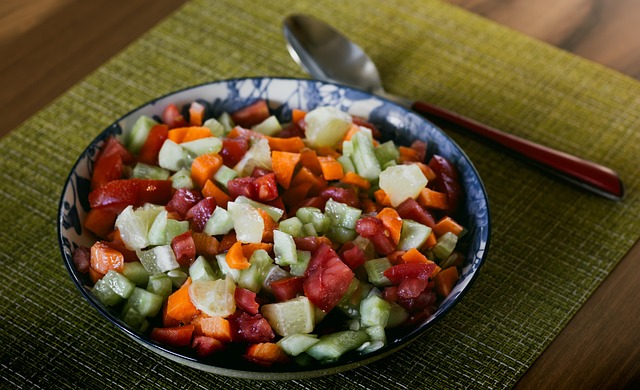Leafy green vegetables are some of the most powerful foods you can eat. They’re low in calories, yet bursting with vitamins, minerals, antioxidants, and fiber. Whether you’re looking to boost your heart health, support brain function, manage your weight, or simply feel more energized, leafy greens can help.
A diet rich in leafy greens has been linked to
- Lower risk of obesity
- Reduced heart disease
- Healthier blood pressure
- Slower cognitive decline
Let’s explore 13 of the healthiest leafy green vegetables you can include in your meals—and why they deserve a regular spot on your plate.
1. Kale: The Nutrient King
Kale isn’t just a trendy superfood—it’s one of the most nutrient-dense vegetables on the planet.
- Vitamins A, C & K powerhouse
- Packed with antioxidants like lutein and beta-carotene
- Best enjoyed raw in salads or smoothies for full nutritional benefit
2. Microgreens: Tiny But Mighty
Don’t let their size fool you—microgreens can contain up to 40x more nutrients than mature greens!
- Easy to grow at home
- Rich in vitamins C, E & K
- Perfect for topping off salads, wraps, and even omelete
3. Collard Greens: Bone Health Booster
These slightly bitter greens are fiber-rich and excellent for your bones.
- One cup = over 1,000% of your daily vitamin K
- Great source of calcium and folate
- Delicious steamed or sautéed with olive oil and garlic
4. Spinach: The Versatile Green
Spinach is a household staple for a reason.
- High in folate (great for pregnancy and red blood cell production)
- Perfect in smoothies, salads, soups, and pasta
- Rich in vitamins K, A, and manganese
5. Cabbage: The Cancer Fighter
Cabbage is often underrated, but it’s packed with glucosinolates—compounds linked to cancer prevention.
- Available in green, white, and purple
- Can be eaten raw, cooked, or fermented as sauerkraut
- Supports gut and immune health
6. Beet Greens: Don’t Toss Those Tops!
Beet greens are often discarded—but they’re incredibly nutritious.
- High in antioxidants like beta-carotene and lutein (great for eye health)
- Good source of potassium, calcium, and vitamin A
- Tasty sautéed with garlic and lemon
7. Watercress: The Ancient Medicinal Green
Used in herbal medicine for centuries, watercress is peppery, refreshing, and packed with nutrients.
- May help inhibit cancer cell growth (early lab studies)
- Perfect in sandwiches, salads, or added to soups
- Rich in vitamin K and calcium
8. Romaine Lettuce: Salad Staple with Benefits
More than just crunch—romaine offers heart-friendly nutrients.
- High in vitamins A & K
- May improve lipid levels (as shown in animal studies)
- Ideal for Caesar salads or wraps
9. Swiss Chard: The Colorful Powerhouse
Swiss chard is as beautiful as it is nutritious.
- Packed with potassium, manganese, and vitamins A, C & K
- Contains syringic acid, which may help lower blood sugar
- Don’t toss the stems—they’re nutritious too!
10. Arugula: Peppery & Potent
Arugula (also called rocket or rucola) adds zest and health perks.
- Rich in natural nitrates—may support blood flow and lower blood pressure
- High in folate and carotenoids
- Great in salads, sandwiches, or as a pizza topping
Tips for Adding More Leafy Greens to Your Diet
Start your day green: Add spinach or kale to smoothies
Sneak them into sauces: Blend chard or spinach into pasta sauce
Swap your wrap: Use large leaves like collards instead of tortillas
Grow microgreens: Easy, fast, and fun for kids too
Double your greens: Add two types to your salads for variety and nutrition
Leafy greens are one of the simplest, most effective additions you can make to your diet. With a mix of flavors, textures, and nutrients, these vegetables support nearly every aspect of your health.
Eat them raw, sautéed, steamed, blended, or baked—just eat them regularly. Your body and mind will thank you.


